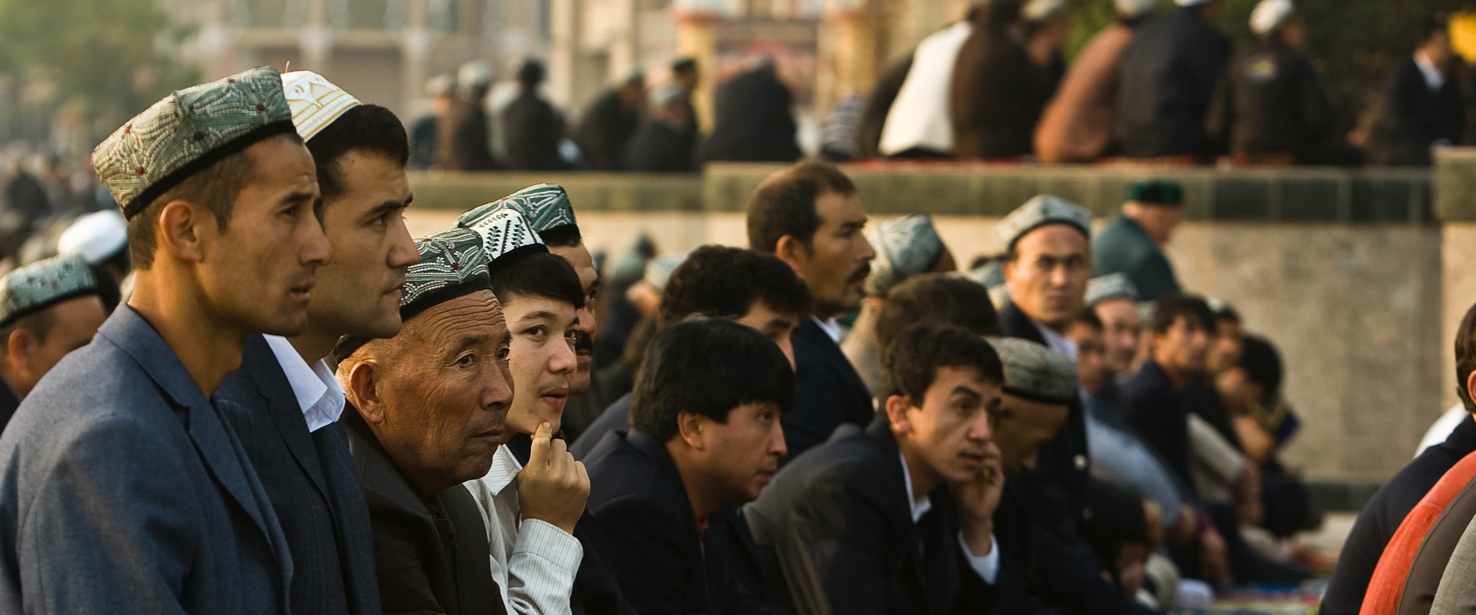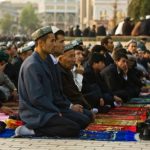Uyghur

In the mid-ninth century, the Uyghur inhabited part of present-day Mongolia. Around A.D. 840 they were attacked from the north by the Kirgiz and fled southwest to their current homeland.
Most Uyghur follow folk Islam mixed with superstition. When Nestorian missionaries first came to China in A.D. 635, they had already been working in Central Asia for a century. Among the forerunners of today’s Uyghur people were the Turkic Keirat tribe. The Nestorians ministered among these people. By 1009, 200,000 Keirats had been baptized. During the 12th and 13th centuries the whole tribe was considered Christian.
In the 14th century Christianity disappeared from among the Uyghur, and during the next 500 years Islam took root. The Swedish Missionary Society planted a work among the Uyghur in 1892, and by the 1930s more than 300 Uyghur had received Christ, primarily in Kashgar. When Abdullah Khan came to Yarkant in 1933 he expelled the missionaries and killed the Uyghur believers in a mass execution, claiming, “It is my duty, according to our law, to put you to death because by your preaching you destroyed the faith of some of us.”
Many believers among the Han (the largest people group in China and the people group with the largest number of believers) live in Xinjiang, the Uyghur Autonomous Region, yet few have a vision to reach the Uyghur. Today about 50 known Uyghur Christians meet in two small fellowships in China, although 400 Uyghur believers meet in neighboring Kazakhstan. Recent reports indicate that other Uyghur in China may be on the verge of accepting Christ.








